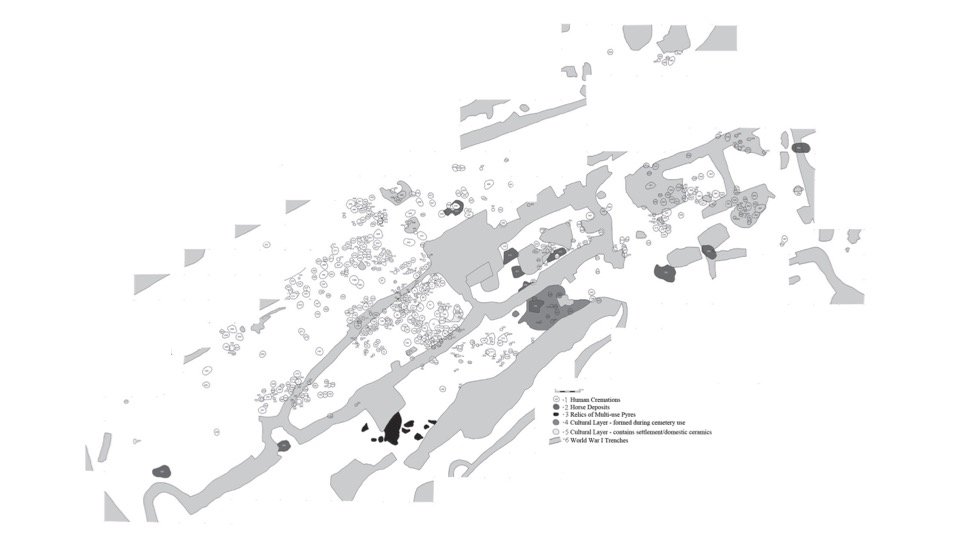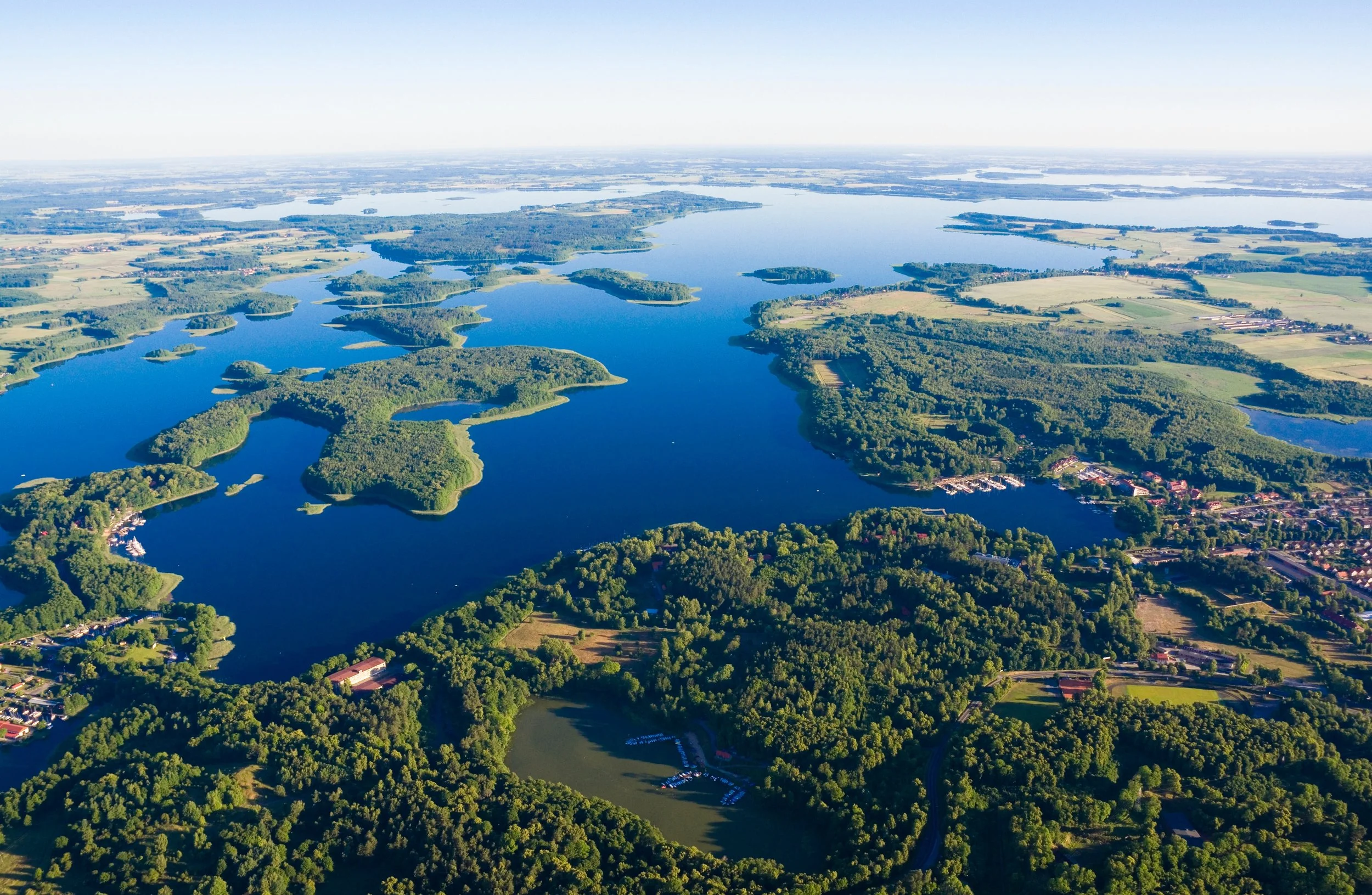Background.
Between the 1st and 13th century AD, the practice of depositing horses within cemeteries was the most distinctive, consistent, and ostentatious ritual performed by eastern Baltic communities (modern northeast Poland, Russian Kaliningrad Oblast, Lithuania, and Latvia) (Bertašius and Daugnora 2001; Bliujienė and Butkus 2009; Bliujienė et al. 2017; Jaskanis 1966; Karczewska et al. 2009; Kulakov 2018; Lang 2017). The practice emerged in the early first millennium AD and endured in east Prussia until crusaders conquered the region.
Excavated horse sacrifice from the Roman Period, Grób 442, Paprotki Kolonia. Photo by Maciej Karczewski.
Cemeteries were not simply used for the disposal of the dead and social competition, but functioned as sites of cult activity (Pluskowski 2012, 77-81). Horse sacrifices were public rites, and the topography of Baltic cemeteries could be structured to facilitate the viewing of recurring ceremonies (Bertašius 2012). Aside from horse deposits, numerous other features have been uncovered in these cemeteries, including ‘fire pits’ of various sizes filled with ash, charcoal, animal bone and other deposits. The significance of fire is broadly attested in eastern Baltic ethnographies–the otherworld accessible through the medium of fire (Vaitkevičienė 2001).
The Path to the Otherworld (POW) project adopts an interdisciplinary methodology to explore the ritual use of human cemeteries by Baltic tribal communities. Our team will produce a comprehensive reconstruction of a horse sacrificial deposit and accessory pit deposits from the site of Paprotki Kolonia (Giżycko county, Warmian-Masurian voivodeship, Poland).
Aerial view of Masuria, Warmian-Masurian Voivodeship, NE Poland. Adobe Stock.
Our multiproxy approach to ritual deposits is on the vanguard of paleoenvironmental, funerary, and forensic research. POW will be a key case study in integrated osteological, paleobotanical, and geoarchaeological analyses and provides a blueprint for researchers reconstructing similarly complex deposits across wide contexts.

The Site.
Paprotki Kolonia Site I is a cremation cemetery that was in use between the 1st and 6th century AD. Previous excavations led by core team members Drs Karczewska and Karczewski from 1991- 2009 identified eleven horse inhumations, pyre and pit features. Horse deposits were found in three zones separated from the human burials at the site. Horses were forced into small oval pits while alive and either killed or buried alive (Karczewska et al. 2009). Ceremonial plants were probably burned during the ritual (Karczewski 2014). Ritual features might have been returned to for public ceremonies lasting multiple days or longer (Karczewski 2011; Karczewska and Karczewski 2016). High resolution data from POW will provide a new outlook on open questions of depositional processes and facilitate evidence-based interpretations of the symbolic action.






